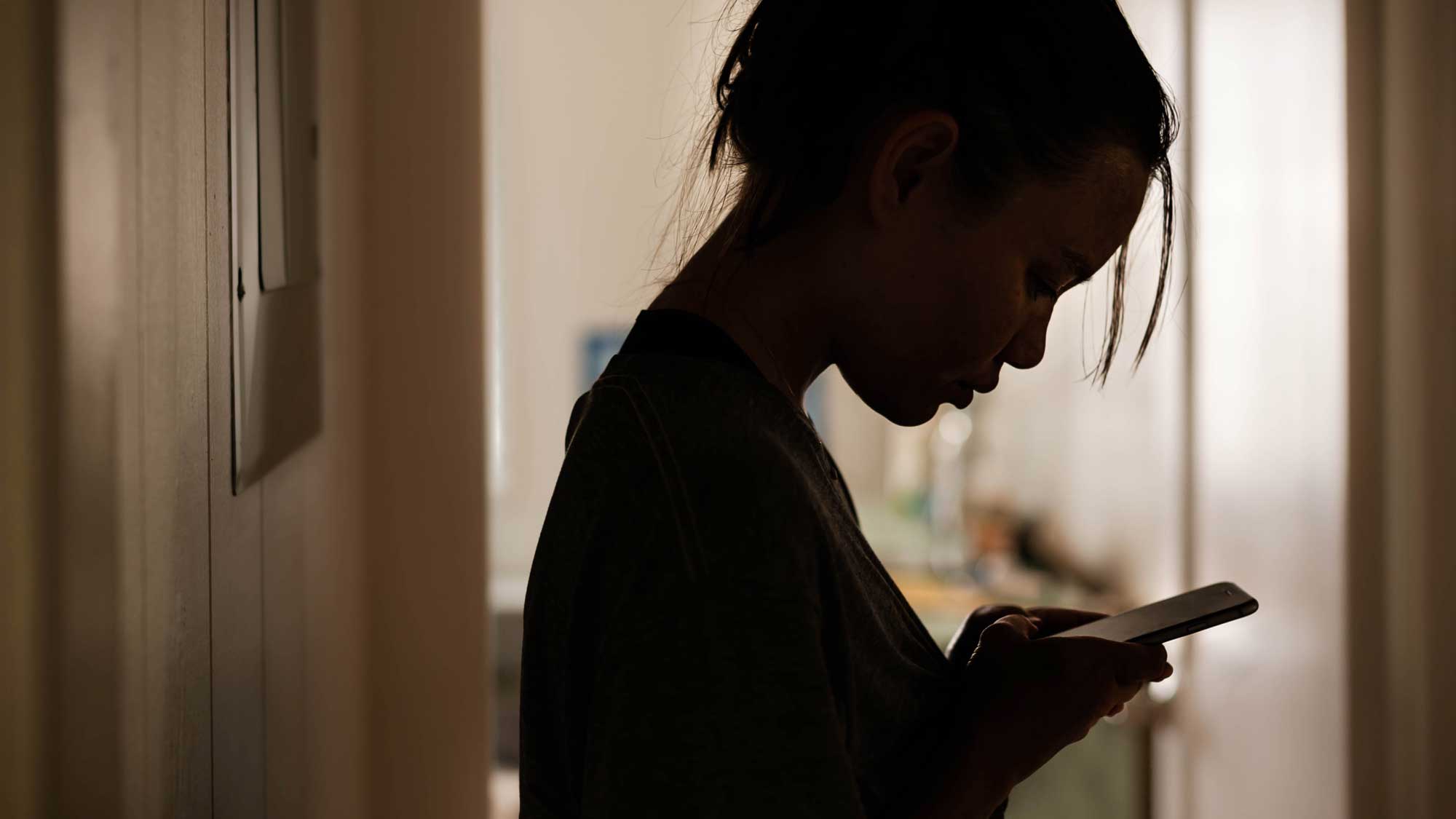July is National Minority Mental Health Month, so it is important to recognize the barriers that Black, Indigenous, and People of Color (BIPOC) must overcome to receive quality mental health care every day of the year.
For example, Black adults are 20% more likely to report serious psychological distress than white adults, and Native and Indigenous Americans report higher rates of post-traumatic stress disorder and alcohol dependence than any other racial group. These are only some examples of mental health disparities among minority communities.
Here are some of the top problems BIPOC are facing in receiving adequate mental healthcare:
Lack of access to mental health resources
Generally, there is a lack of mental health service providers in the United States. A majority of states are not able to meet the mental health needs of even 50% of the population of their communities. And despite cities and other urban areas having large numbers of mental health professionals, BIPOC report lower rates of access to mental health services, which may be affected by how they are treated during visits with uninformed providers.
Discrimination
Black men are more likely to be diagnosed with schizophrenia and other serious mental health conditions, though there is little evidence to suggest these conditions are actually more prevalent in Black communities than in other racial groups. A misdiagnosis may be the result of unconscious bias, something we all have about people who are different from us. Additional cultural factors that could result in ineffective mental healthcare include language barriers, stigma of mental illness among minority groups, and cultural presentation of symptoms. Providers can help dispel myths and stigmas by becoming familiar with the characteristics and needs of minority groups.
Other confounding factors
Race plays a major role in mental health, but so does socioeconomic status, which is closely related to race. Socioeconomic status describes income, educational attainment, financial security, and subjective perceptions of social status and social class. Poverty, in addition to race, may exacerbate other traumas such as depression, anxiety and post-traumatic stress disorder.
Racism’s effects on the mental health of BIPOC are serious. BIPOC often receive less mental health care due to lack of access, have a more difficult time receiving an accurate mental health diagnosis because of racial bias, and experience mental health more severely because of additional factors such as socioeconomic status.
At Valley Oaks Health, we provide healthcare to all people. Regardless of race, ethnicity, gender, sexual orientation, economic status, or insured status, we welcome you to find the help you need to live your most fulfilling life.
Resources & tools
General mental health resources and tools for BIPOC courtesy of Mental Health America:
Black Emotional and Mental Health (BEAM) Tool Kits & Education
Black Emotional and Mental Health (BEAM) Virtual Trainings
Asian & Pacific Islander American Health Forum Community Care Package
Indigenous Story Studio Suicide Prevention






